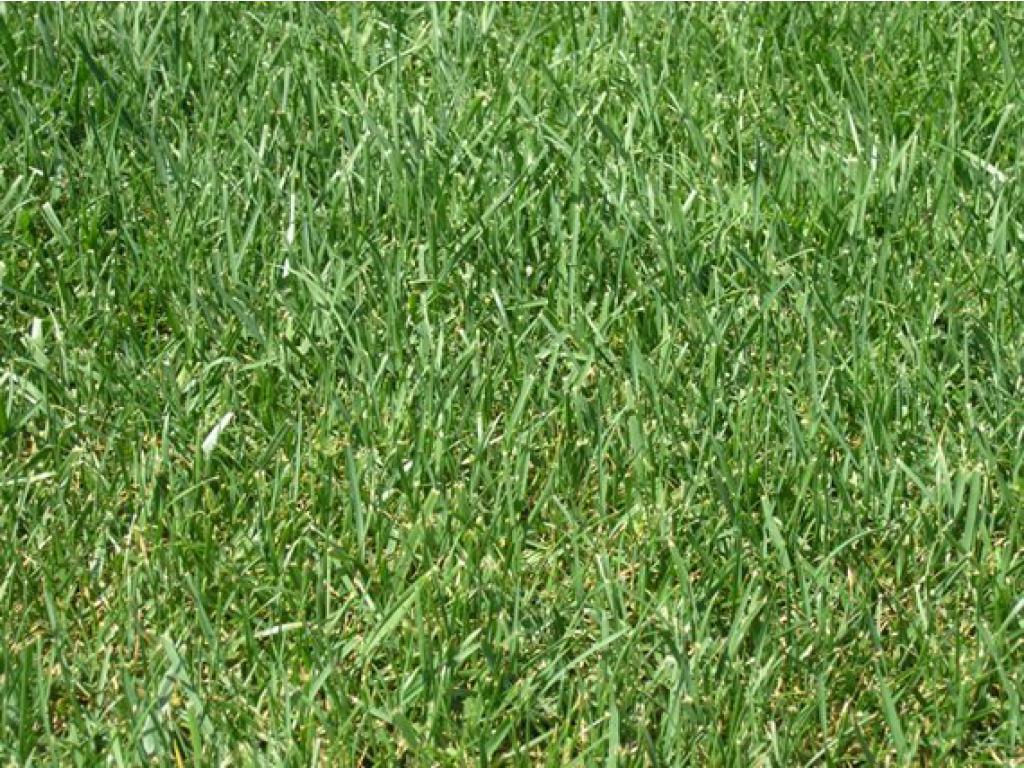
Pratotappeto erboso con Festuca arundinacea
This datasheet on Festuca arundinacea covers Identity, Overview, Distribution, Dispersal, Hosts/Species Affected, Diagnosis, Biology & Ecology, Environmental Requirements, Natural Enemies, Impacts, Uses, Prevention/Control, Further Information. Identity Preferred Scientific Name Festuca arundinacea Schreb. Preferred Common Name tall fescue

spedendoli globalmente Sconti promozionali Rock bottom Prezzo
F. arundinacea is a clump-forming, cool-season, evergreen perennial grass, often used as a turfgrass, forming bunches of broadly linear, flat, finely-toothed, dark green leaves, each with a prominent central vein. Panicles of small, lance-shaped to oval, purple-flushed, green flower spikelets bloom in summer.
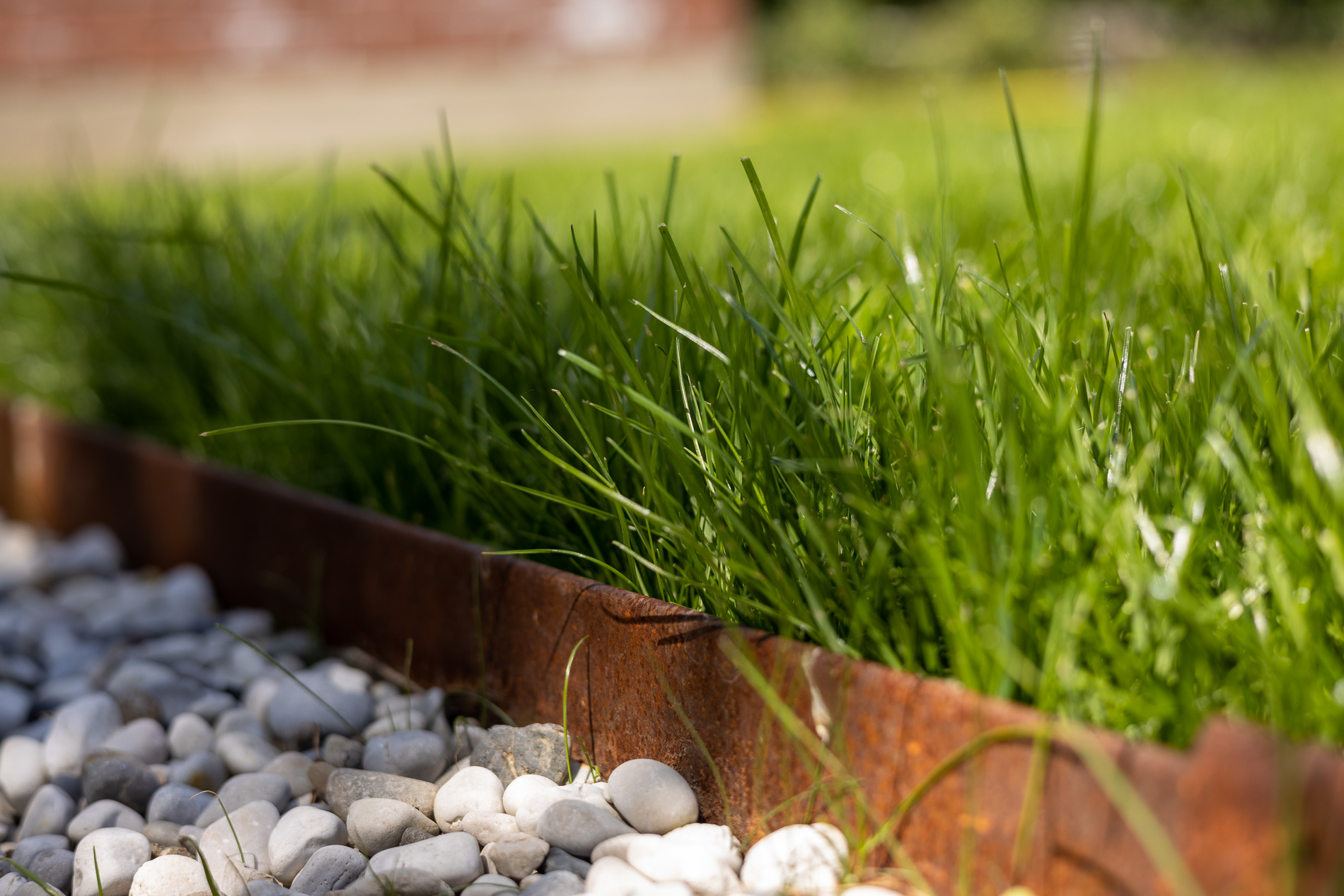
Festuca Arundinacea. Sementi per Prato che Cresce Poco Bestprato
[Cal-IPC] Invasive: Festuca arundinacea (tall fescue) is a perennial grass with coarse foliage (family Poaceae) found throughout California except in the Great Basin and deserts.It favors sites with heavy soil, including grassland, coastal scrub, roadsides, ditches and other disturbed sites. Tall fescue is commonly planted for turf and hay or erosion control, but it has escaped cultivation and.
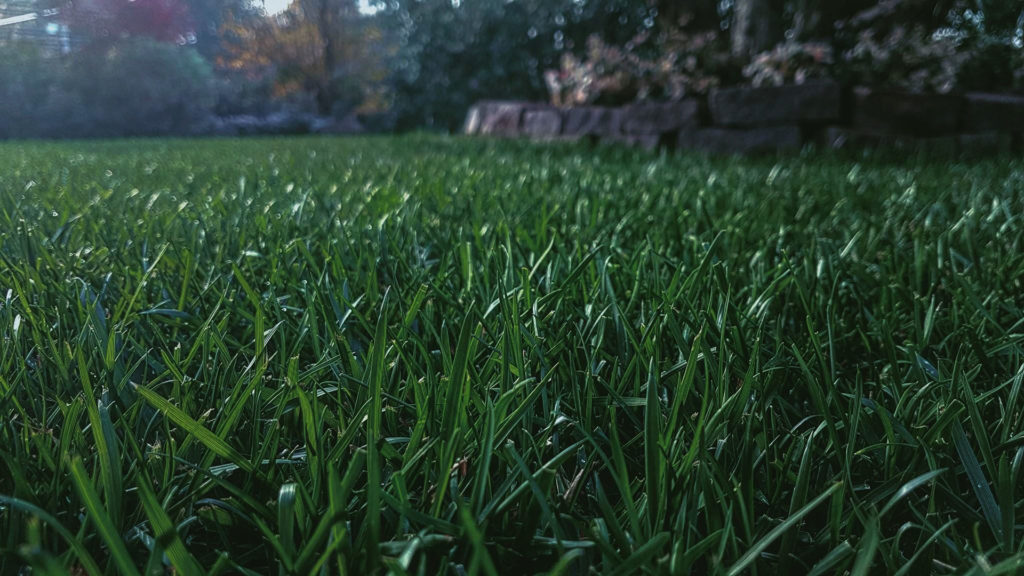
LA FESTUCA ARUNDINACEA Bottos 1848
Tall Fescue. Biology: Tall Fescue (Festuca arundinacea) is perennial grass that can be both desirable as a lawn species when using improved cultivars or undesirable when forage-type (wide-bladed) tall fescue plants a contaminant other primary species in a lawn. For all of you nerds out there like me, you might be interested in know that there has been much recent debate about the scientific.

Tall Fescue Grass Seed Festuca Arundinacea Lawn Grass 10000 Seeds (6
2.1. Genomic Discrimination and Species Identity of F. arundinacea and F. glaucescens. Karyotype analysis confirmed the identity of each analyzed here species and revealed that F. arundinacea and F. glaucescens differed in the number of chromosomes and distribution of rDNA loci.Festuca arundinacea genome comprised of 42 chromosomes and was allohexaploid, while tetraploid F. glaucescens genome.

FESTUCA ARUNDINACEA CARACTERÍSTICAS, USOS, Y VENTAJAS
A perennial grass producing large, loose, but sometimes dense, tussocks, normally without short rhizomes, and without stolons. Culms are unbranched, smooth (or rough below panicle) and erect, (39)45-120 (200) cm in height. The lower sheaths are not fused, and are smooth and rounded on the back.

Prato di festuca arundinacea Royal Blue Dream Garden, Stepping Stones
Festuca arundinacea (tall fescue) is a perennial grass with coarse foliage (family Poaceae) found throughout California except in the Great Basin and deserts. It favors sites with heavy soil, including grassland, coastal scrub, roadsides, ditches and other disturbed sites. Tall fescue is commonly planted for turf and hay or erosion control, but.
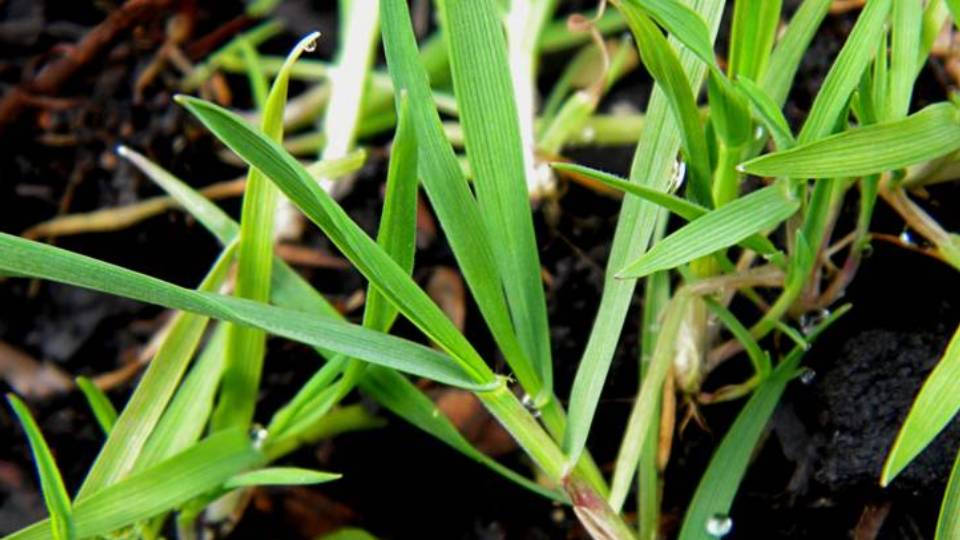
Festuca arundinacea Sistematica, Etimologia, Habitat, Coltivazione
Festuca Arundinacea 'Glow Sticks'. Tidy, 12 to 18-inch mounds of deep green grass create interest in the landscape. Pale yellow, wheat-like flower stalks, standing 24 to 30-inches tall, rise above the tuft in mid-spring, contrasting nicely against dark foliage. 'Glow Sticks' maintains its mounded, slightly spreading habit year-round.
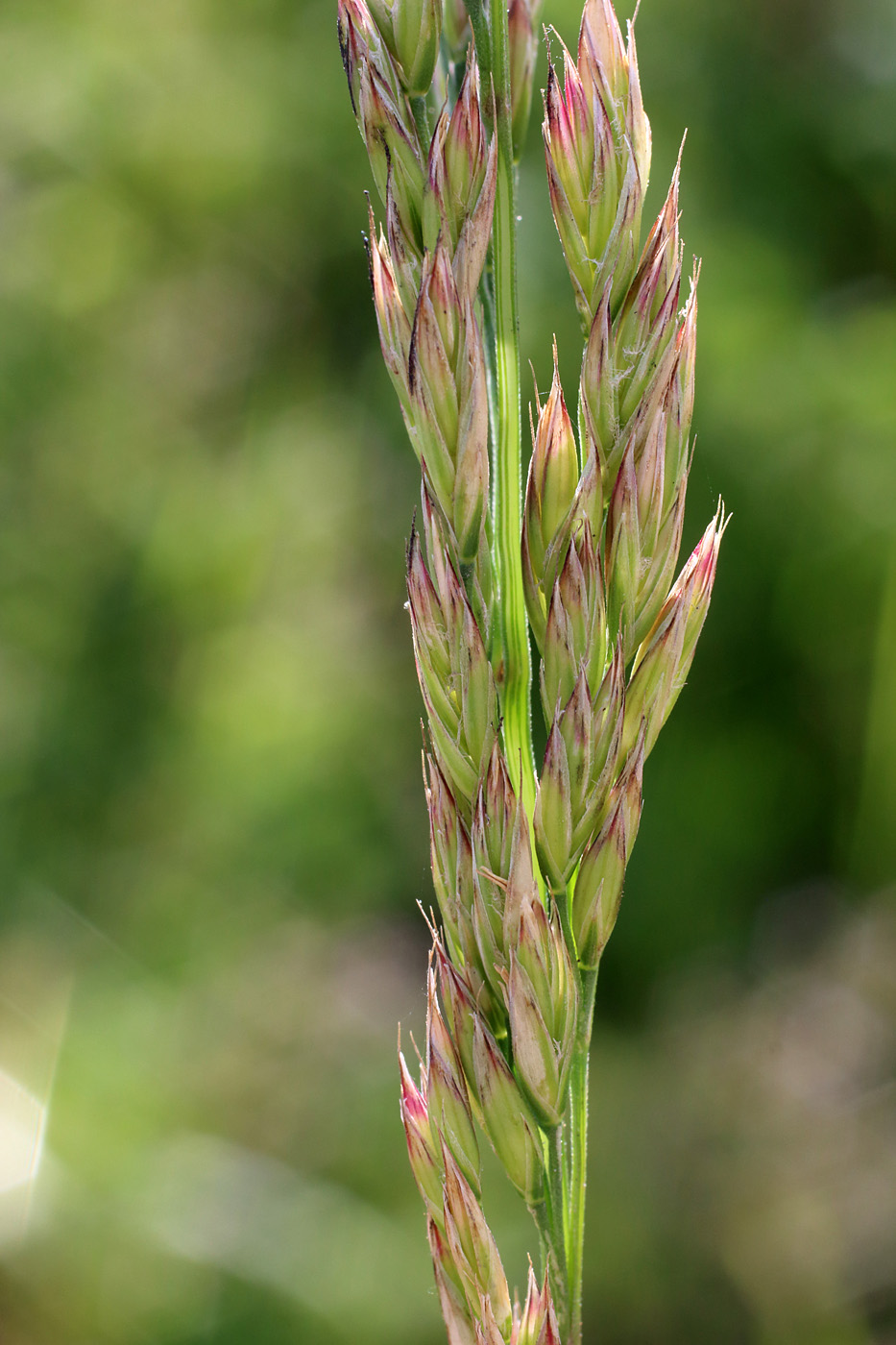
Festuca arundinacea Изображение растения Плантариум
Sementi per Prato che Cresce Poco | Bestprato. Festuca Arundinacea. Un Prato Resistente a Bassa Manutenzione. Una caratteristica molto ricercata, quando si crea il prato del proprio giardino, è che resista agli stress e che necessiti di poca manutenzione. La cura e manutenzione del prato ha un costo sia in termini di tempo che di denaro.
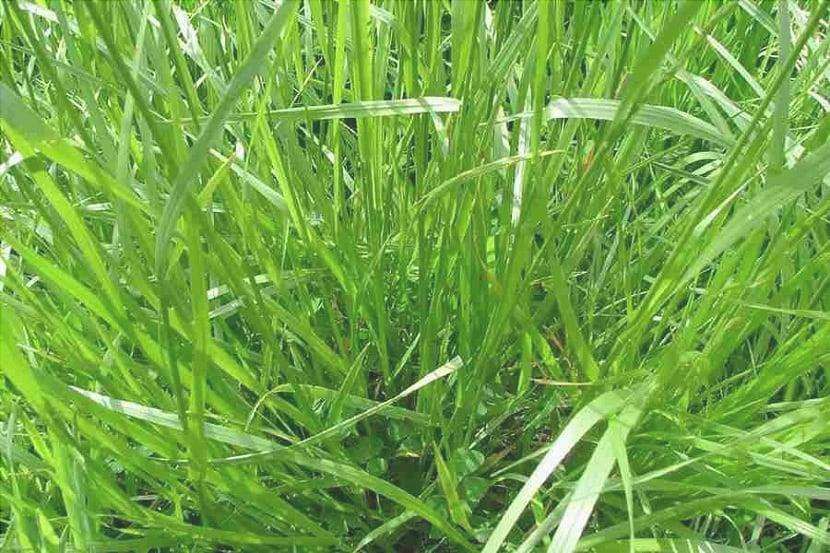
Caratteristiche, vantaggi e usi della Festuca arundinacea come erba da
Pros and Cons of Tall Fescue Grass. (1) This herbaceous monocot requires little winter maintenance. (2) This grass is likely to get affected to brown patches, during humid months or hot seasons. (3) This perennial grass is capable of withstanding heavy wear and tear. (4) Another problem with this grass is it requires overseeding during the.
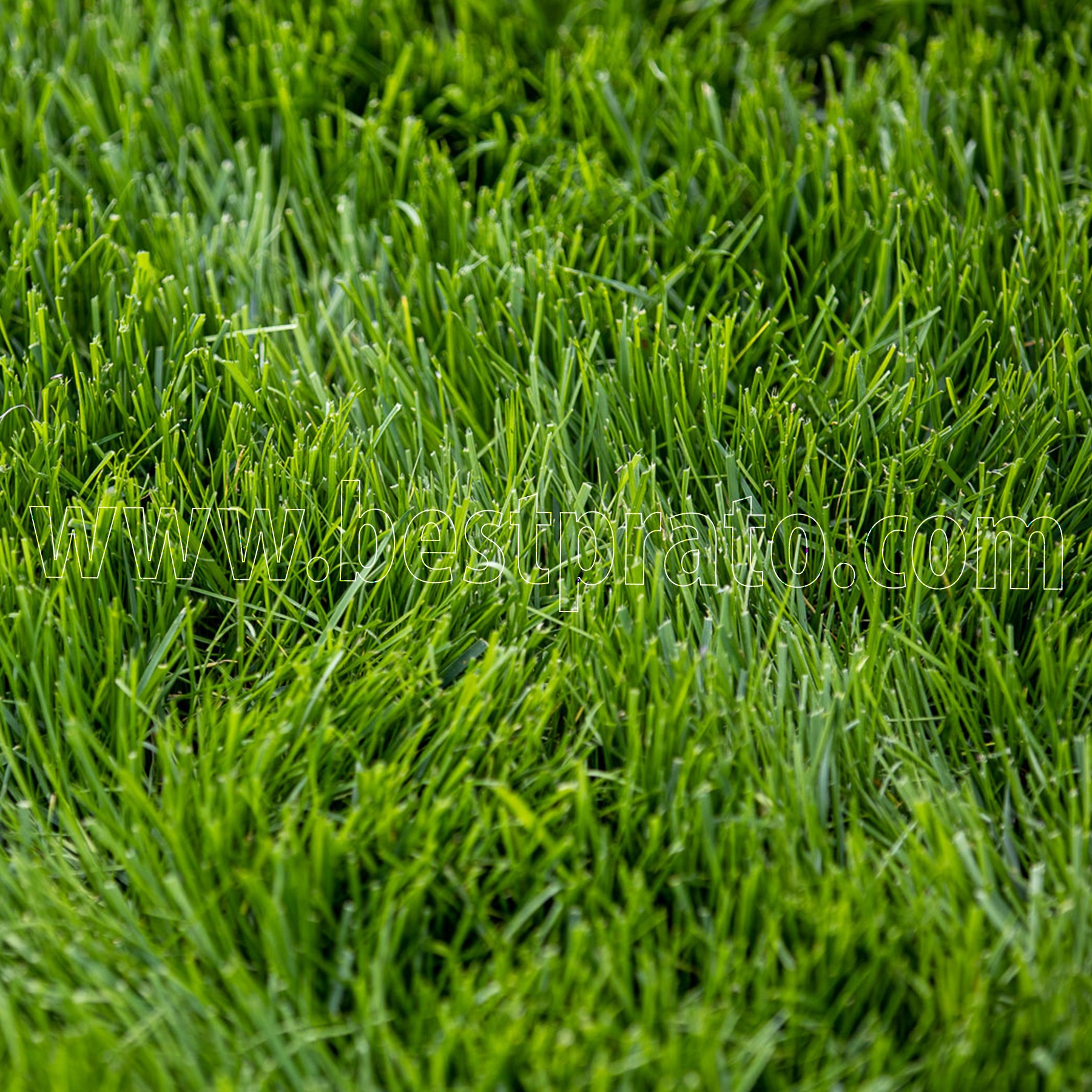
Royal Strong Bottos Sementi Festuca Arundinacea 1 Kg
Family: Poaceae Zone: 3 to 6 Height: 0.25 to 0.25 feet Spread: 0.25 to 0.25 feet Bloom Time: Non-flowering Sun: Full sun to part shade Water: Medium Maintenance: Medium Suggested Use: Ground Cover Garden locations Culture Tall fescue grows well in cool climates of the U.S., most notably in USDA Zones 3 to 6.
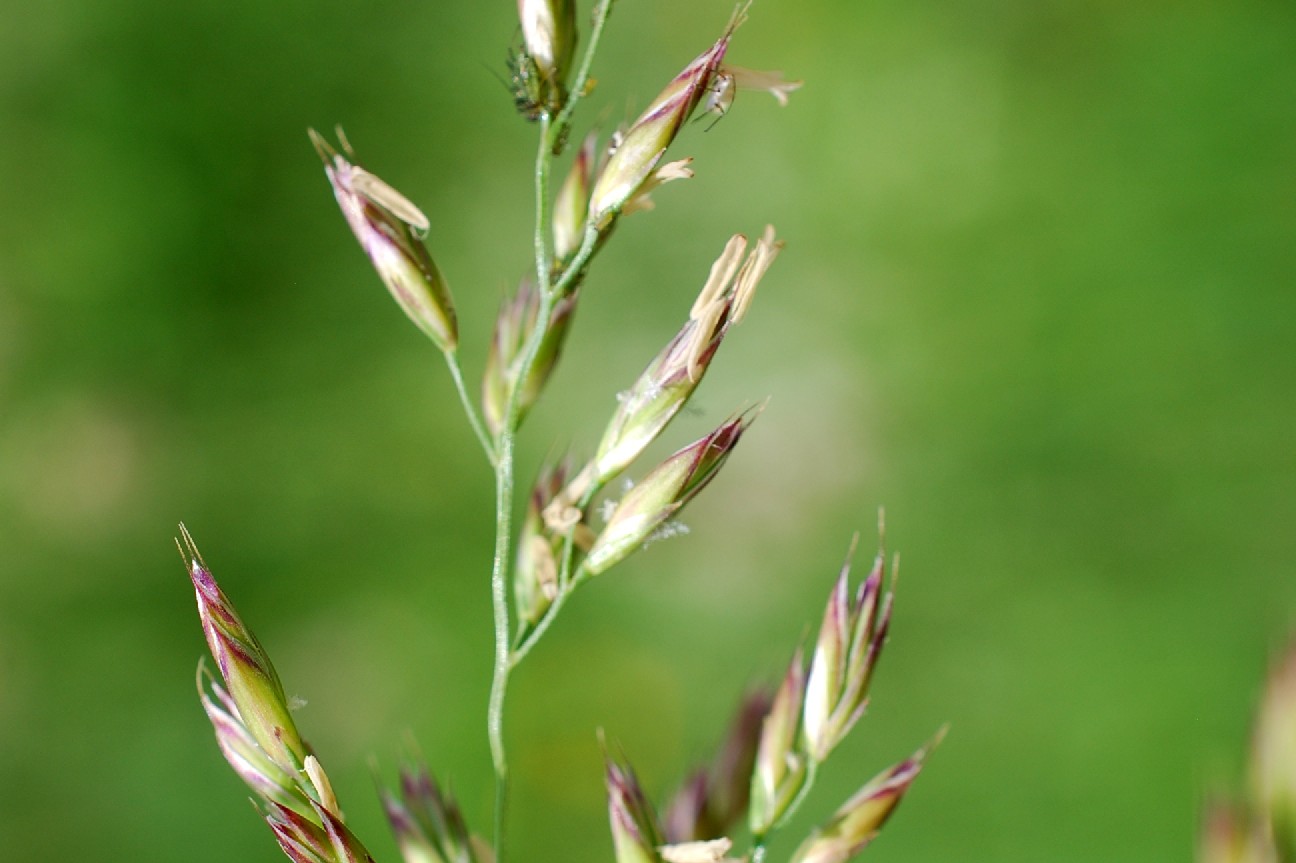
Lolium arundinaceum subsp. arundinaceum Pallano
Quando si sceglie un prato per il giardino così come per numerosi spazi pubblici, una buona scelta è il Festuca Arundinacea. È un'erba che può sopravvivere bene nella stagione fredda e ha una grande capacità di adattamento al freddo e ai periodi di transizione.
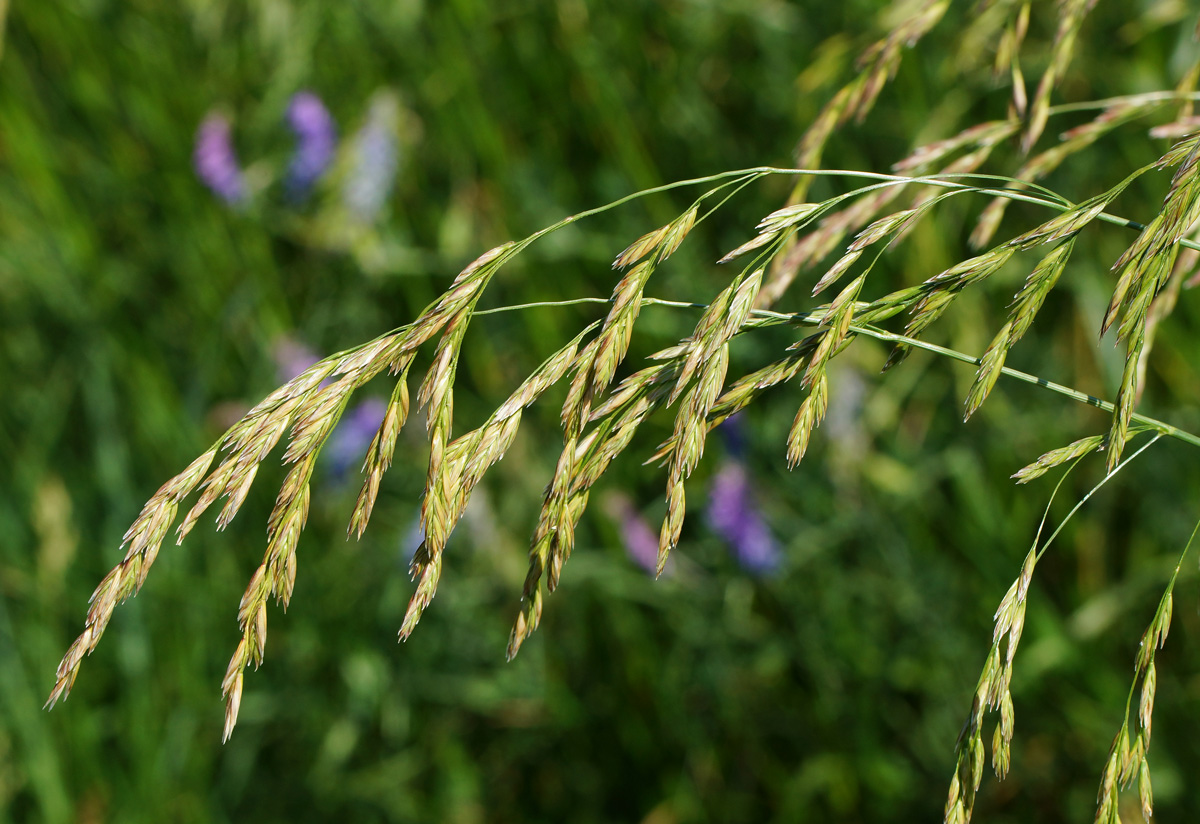
Festuca arundinacea Изображение особи Плантариум
tall fescue. Festuca arundinacea Schreb. Tall fescue, also called Kentucky 31 fescue, is a rhizomatus, cool season grass that invades open areas throughout the United States. This tall grass (up to 6 ft. [1.8 m]) remains green in winter and spring. The moderately stout stem is unbranched with 1-3 swollen, light green nodes near the base.
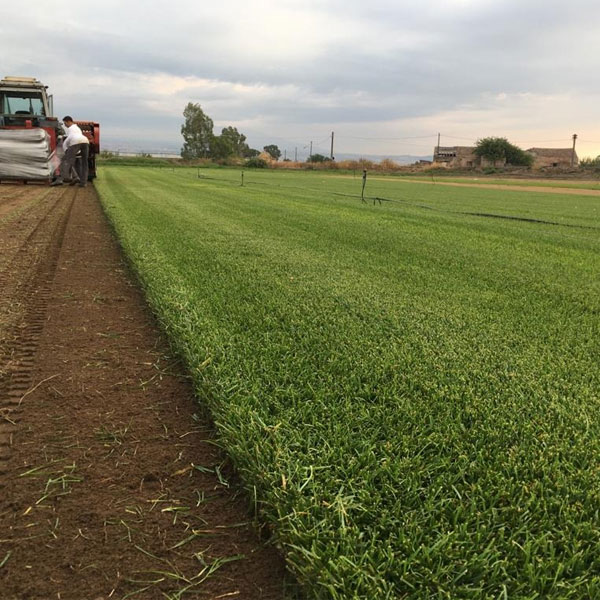
Festuca Tecno Prato
The fescue in a nutshell. Festuca arundinacea forms loose clumps with its broad, matt leaves. Its roots are strong, often branched, and reach deep into the ground. It makes hardly any demands on its environment and can grow successfully on different soils and in different climates.

Festuca arundinacea Sistematica, Etimologia, Habitat, Coltivazione
Festuca arundinacea ( syn., Schedonorus arundinaceus and Lolium arundinaceum) is a species of grass commonly known as tall fescue. It is a cool-season perennial C 3 species of bunchgrass native to Europe. It is an important forage grass throughout Europe, and many cultivars have been used in agriculture.

Festuca Arundinacea. Sementi per Prato che Cresce Poco Bestprato
1. Introduction. Festuca arundinacea (F. elatior L. ssp. arundinacea (Schreber.) Hackel) is a temperate climate forage highly valued for its hardiness, phenotypic plasticity, and quality in extensive livestock production systems, especially those involving ruminants [1,2].F. arundinacea Schreb. is widely used as forage due to its great ecological breadth and adaptability; it is also helpful in.